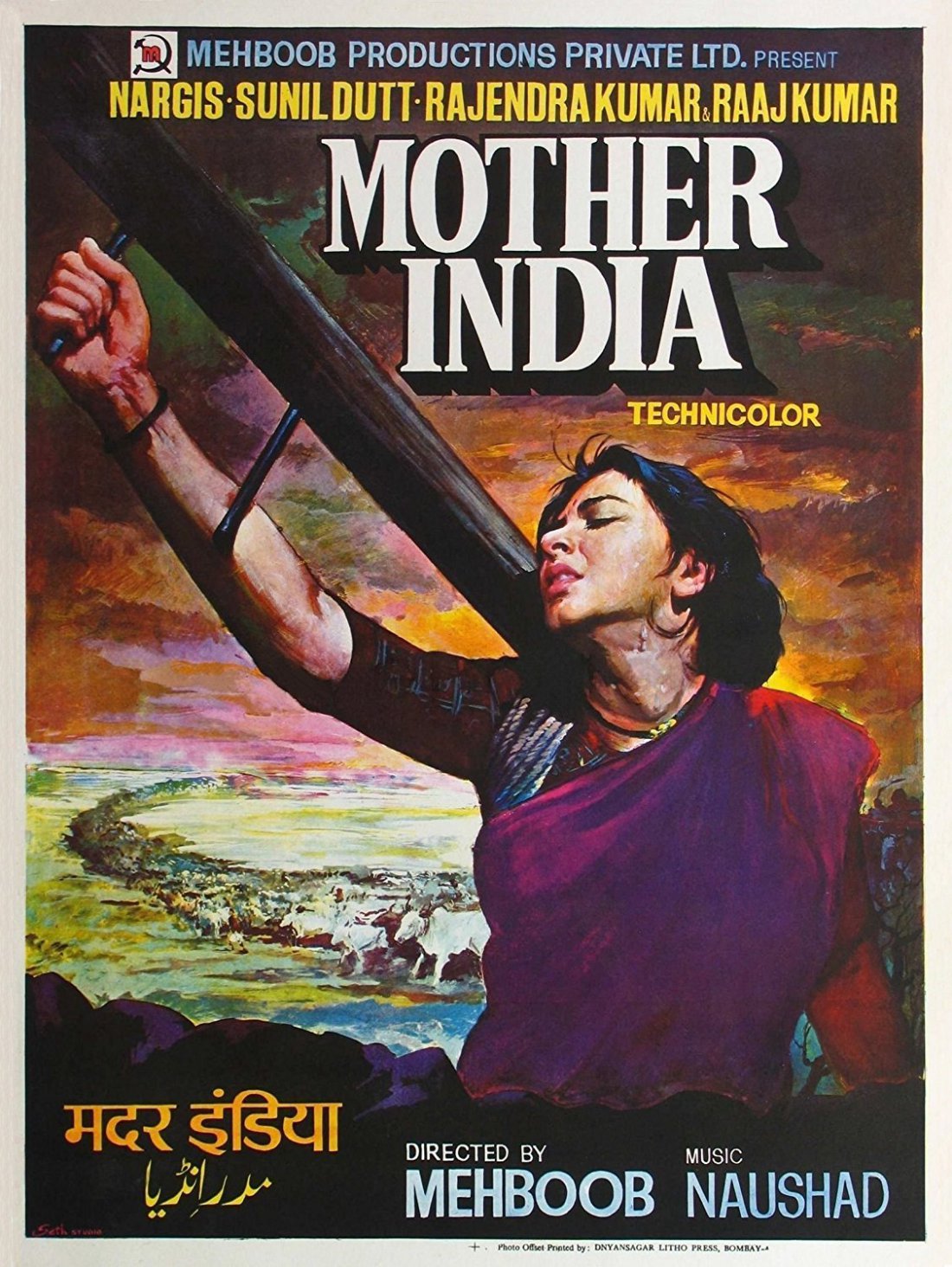The week got off to an exciting start with a visit to the Museum of Brands, Packaging and Advertising in Notting Hill. I thought it was interesting how Britain’s historical journey as a nation state was depicted through various objects and artefacts which were directly linked to the culture that was rampant in a particular period. We see how before the digital age in the 1900s puzzles and games were widely used for recreation. In each era there are certain images and ideologies are translated into characters or mascots, that are magnified in branding and advertising through the years (the symbol of the guy walking in Johnny Walker, which ultimately became synonymous with the brand).
The visit directly correlated to the article on ‘Semiotics’ which was a reading for our Design Research Methods class. The author speaks about the practice of associating words with visuals and then further forming a myth or story around the visual, where it become the ‘signifier’ for a larger thought or ideology. Roland Barthes points out as the world progressed, and society was embedded with multiple meanings, connotations and implied rules the “connection between the mythical signifier and significant’ was never ‘arbitrary’. More often than not is ‘motivated’.
I have always been interested in semiotics and the science of visual culture, how advertising and sometimes political bodies use signifiers to steer our minds in our certain way. The depiction of an Indian woman had always been subject to criticism and argument through the late 1990s and 2000s in India. She is seen as the ultimate provider, bearer of suffering (in the poster of Mother Indian, a Hindi film produced in 1957), a figure of sacrifice. The way she is dressed (draped in a saree), with her held high despite the heavy burden, her facial expression all depict an ideological visual of what a ‘woman’, ‘a mother’ should be. With the changing landscape of culture and globalisation women have started to move away from this image, demanding equality which men and even certain women have found difficult to accept. It is time we revisited this iconic visual of ‘Mother India’ and disrupt the signified meaning attached to it, in order to pave way for a new order of thought.

Poster of Mother India (Source: Google)
Citation:
 KEY Visual Culture Chapter 5 Howells, Negrerios 2012File
KEY Visual Culture Chapter 5 Howells, Negrerios 2012File





